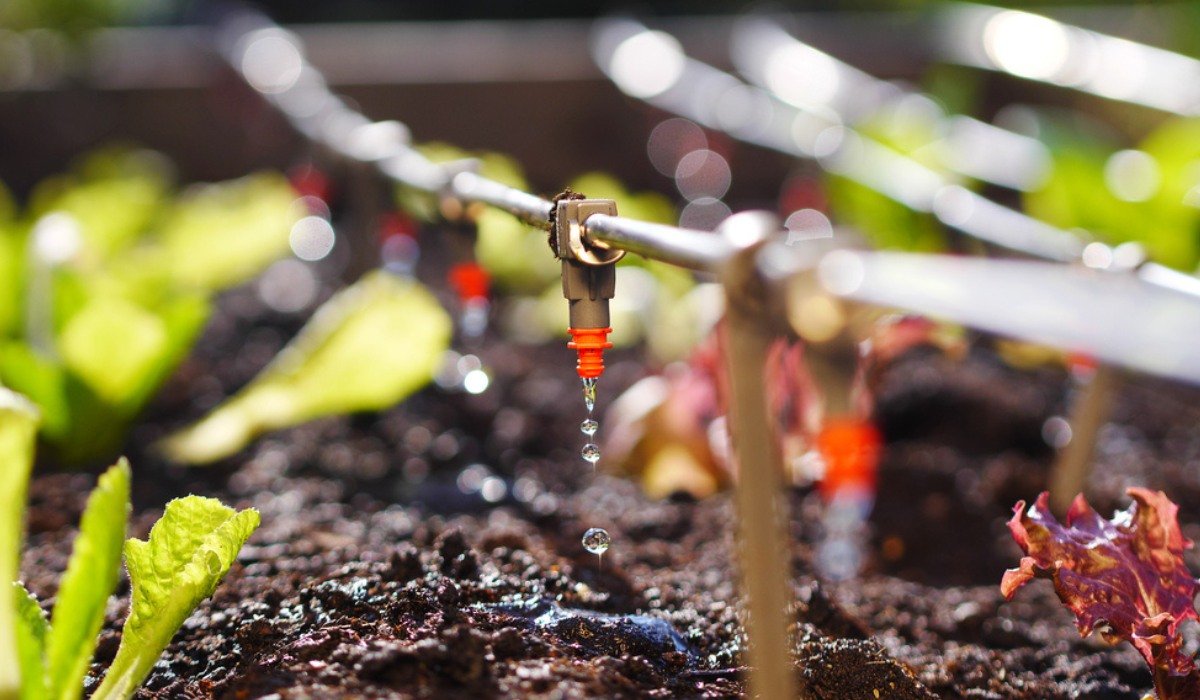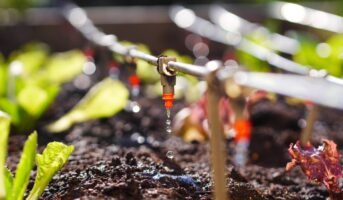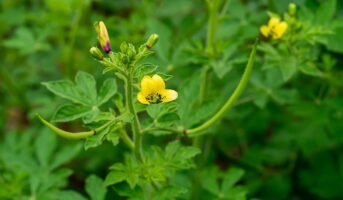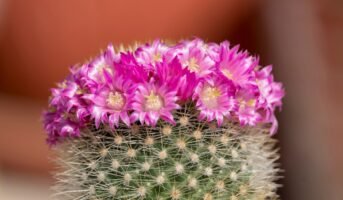Gardening is fun until you have to spend hours dragging the garden hose around, trying to properly water all the plants. Not only is it a tedious process, but it is also time-consuming and ends up taking a major portion of the gardening fun. This is where drip irrigation comes in. It is a method of delivering water to plants individually through separate tubes and pipes. Learn all about drip irrigation installation in your home garden.
See also: Know about the different types of Irrigation
Drip irrigation installation: Essentials you need
Before starting the installation, there are several tools that you need to successfully complete the project. Here’s a list-
- Drip tubing/hose to deliver water to plants.
- Drip emitters (drippers)
- Pressure regulator
- Filter
- Punch tool or hole punch
- Connectors, tees, elbows
- A timer to make the process even more efficient for you.
- Scissors or tubing cutter
- Teflon tape to secure connections and prevent leakage.
- Stakes and holders for keeping the tubing in its place and preventing it from bending.
Drip irrigation installation: Process
Decide the layout
The first step is to plan a layout. Decide where you wish to grow plants or where your already grown plants will be kept. Always keep in mind factors like sun exposure, plant type, etc.
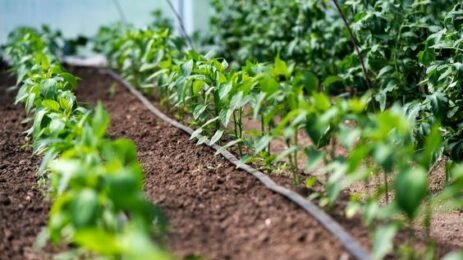
Source: Pinterest ( Masterclass)
Collect your essentials and start connecting the mainline
The next step is to gather all your supplies and make sure you have enough water pipes, connectors and other equipment required in the process. First, attach a pressure regulator to the main outdoor faucet and then connect the mainline tube to this faucet. Make sure to secure everything with Teflon tape and a connector.
Lay the tubing and add emitters
- Lay down and spread the main line tube as per your planned layout and keep securing it with holders. Make sure you don’t make any sharp bends to avoid water blockage and ensure proper distribution.
- Make holes in the tube wherever you wish to water your plants and attach emitters to these holes. You can adjust the water flow through these emitters and make sure your plants don’t get overwatered.
- For large plants or trees, you should use more than one emitter.
Install the timer
Installing a timer makes watering plants even more efficient and convenient. This lets you schedule the time when your plants will be watered, and this is convenient for you during days when you’re busy.
Test and adjust
Before you bury the tubes below the ground surface, test the water system by turning on the faucet and making sure the water reaches the right places. Adjust the tubes and emitters if required. Now you can bury the tubes a few inches below the surface as you have successfully installed a drip irrigation system!
Keep checking regularly
It is important for you to maintain the drip irrigation system regularly. Make sure there are no leaks or clogs and that your plants are getting their water needs fulfilled. Clean the emitters once in a while to ensure there’s no clogging. Another important thing to do is adjust the timer according to the season and other factors so your plants don’t end up getting damaged.
FAQs
Does drip irrigation save a lot of water?
Yes, drip irrigation can save up to 50% of water by directly delivering water to the plant root.
How do I make a hole in the water pipe?
You can use any sharp object or a drip irrigation punch tool specifically made for this purpose.
Is it necessary to use a pressure regulator?
Sometimes due to excess pressure, emitters can burst open, and to prevent this, you should use a pressure regulator. It also makes sure that your plants don’t get flooded with water.
Can I bury the tube permanently?
Although you can permanently bury the tube, it is advised to bury it temporarily so that you can check it for repairs from time to time.
What if all my plants are kept in pots?
You can just direct the water flow such that it falls directly into the pot. You can secure the pipes with holders if needed.
| Got any questions or point of view on our article? We would love to hear from you. Write to our Editor-in-Chief Jhumur Ghosh at jhumur.ghosh1@housing.com |
Housing News Desk is the news desk of leading online real estate portal, Housing.com. Housing News Desk focuses on a variety of topics such as real estate laws, taxes, current news, property trends, home loans, rentals, décor, green homes, home improvement, etc. The main objective of the news desk, is to cover the real estate sector from the perspective of providing information that is useful to the end-user.
Facebook: https://www.facebook.com/housing.com/
Twitter: https://twitter.com/Housing
Email: editor@housing.com
